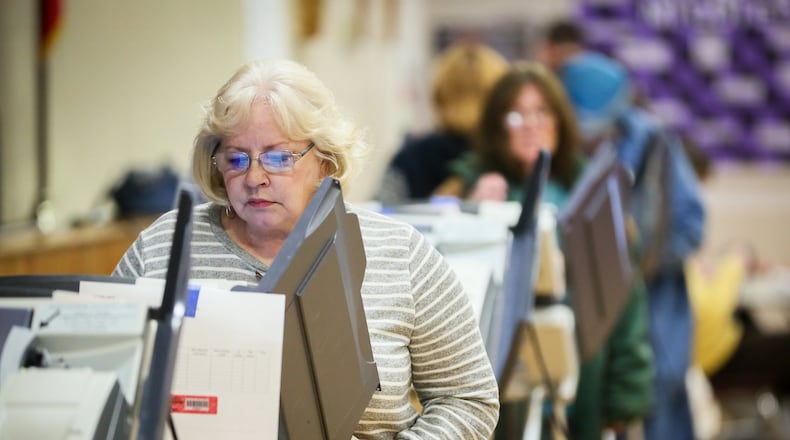“There is an ongoing and persistent challenge in the state of Ohio of getting people involved in their community, politics and civically engaged,” said John Forren, a co-author of the civic health report to be presented Thursday at the Statehouse in Columbus.
The 2016 Ohio Civic Health Index is a periodic report that provides a snapshot of how the Buckeye State has performed. The report is a partnership between Miami University Regionals’ Center for Civic Engagement in Hamilton and the National Conference on Citizenship.
The findings from the 2016 report will be discussed during a workshop at the Ohio Statehouse led by Sarah Woiteshek, director of the Center for Civic Engagement at the Miami University Regionals campus in Hamilton.
“We view our participation in this project as a key part of our mission to engage actively in Ohio’s communities, meet Ohioans’ educational needs, and work collaboratively with others to identify and address community problems,” she said.
The report looks at data of six areas of civic health: volunteerism, charitable giving, group participation, voting behavior, non-voting political action and informal social consequences. Thursday’s report is the sixth time Miami University Regionals has produced the assessment of Ohioans’ civic health.
“Most people believe civic engagement starts and stops with the election,” said Theresa Ervin Conover, the other co-author of the report. “But there are other layers they can participate in their communities and engage civically above and beyond the election.”
The problem is, Forren and Conover said, they don’t.
Only 2.5 million of Ohio’s estimated 11.6 million residents — which is equal to about 1 out of 5 — reported to have volunteered. And nearly two-thirds of Ohioans play no direct role in community-based organizations, which is a drop off from just a couple years ago.
“The level of civic engagement in the state is important because to have a healthy democracy to have a democratic system where people can hold their government accountable you need people involved, you need people engaged,” said Forren.
Thursday presentation will incorporate breakout sessions with representatives from colleges and universities from around Ohio. And the co-authors said this is not a one-day or one-shot presentation. It needs to be a long-term goal to develop civic skill-building.
“If young adults are not engaged in their communities, they’re definitely not developing the habit of engagement,” said Forren.
And if the country’s largest generation, the Millennial generation which is 18 to 32 years old, are not involved, “that does not bode well for the future,” Forren said.
“The civic engagement mission in colleges in Ohio goes beyond the classroom,” he said. “As institutions, we have a role to play in strengthening communities.”
About the Author

